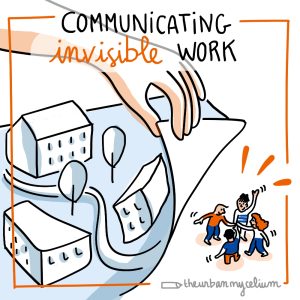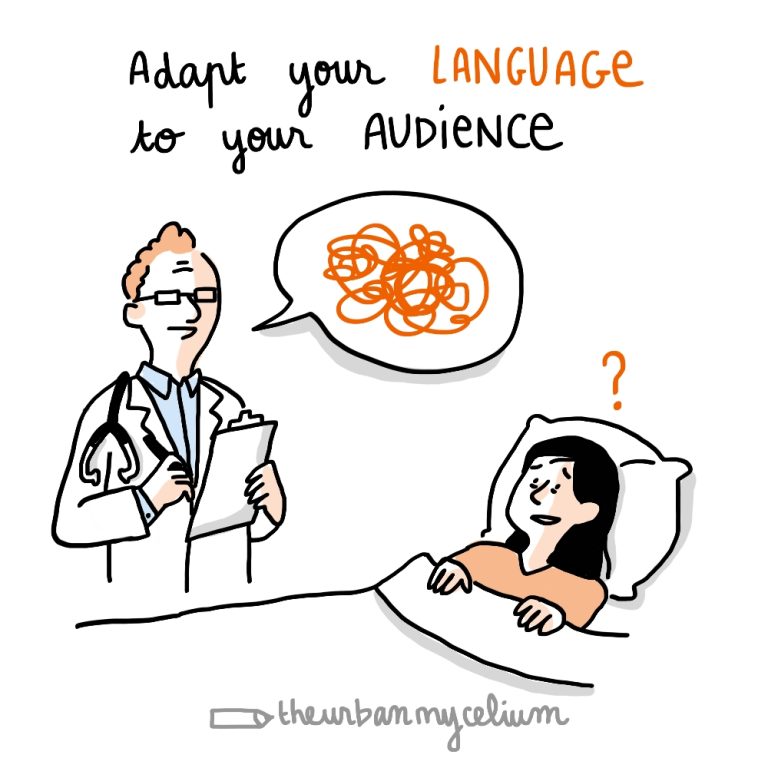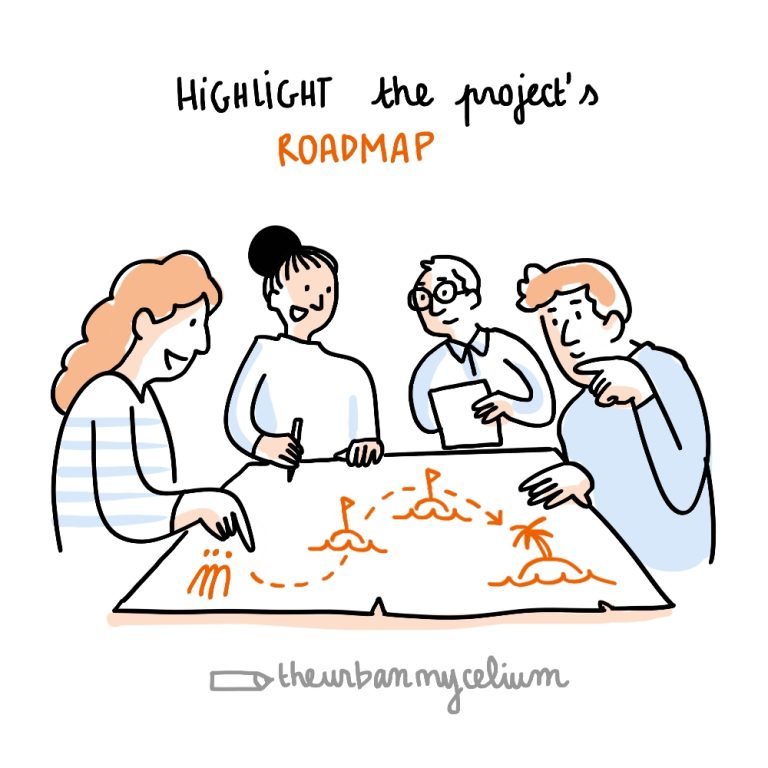This is a guest article written by Laura Puttkamer. Laura is an urban journalist and writer focusing on solutions stories. You can find her great blog at www.parcitypatory.org.
The work of placemakers, urban planners, and participatory experts is often hard to see. Sure, the final result – for example, an improved public space – has high visibility. But what happens before the implementation of the plan? And how to convince people to work in such a way? Many placemaking practitioners and urban experts struggle to explain their work even to their nearest and dearest. Here are some tips on how to explain what you do, even if it is invisible!

Know your audience
Before discussing your placemaking or urban planning work, make sure you know who you are talking to. This will influence the way you communicate, the focus of your communication, and the language you should use. While other experts will understand and expect jargon, explaining the complex work of placemaking to a community member with less education in this area requires the ability to simplify.

So, first, get to know your community. Look at demographics, social factors, economic and housing data, and important institutions that “get the word out”. Non-profit organisations can be very helpful too in explaining how to best reach the community.
The medium can differ – drawings, written articles, videos, images, posters, and other media can be useful, and often a combination works best.
Important: make sure you focus on the impact that you are trying to achieve. If you are hoping to create a new green space, for example, visualise this without over-promising. And make sure to ask what people in the neighbourhood need, too.
Outline milestones and goals
When working with community representatives, target groups, and other people involved in the planning process, you can clearly communicate and explain your work through milestones. These will help to manage expectations. They will tell people what you are trying to achieve, what a success means in your field, and what the overarching vision is.

A popular project management approach that also works very well as a communications guideline for different project steps is SMART: make sure that you answer all of these elements in your communication:
- Specific goals
- Measurable goals
- Achievable goals
- Relevant goals
- Timebound goals
Based on these milestones, you will quickly develop an action plan together with the community. This important document will guide your work and help you to communicate your current status of progress. Make sure that everyone knows their responsibilities and that performance measures are clear.
Another key element to consider is the funding for the project and how to communicate this, as the entire project implementation will depend on the finances.
Evaluate honestly
Placemaking requires the trust and faith of the people you work with. Honesty is your best approach, and here you need clear communication again. Make sure to check in regularly with project goals as well as with the overall satisfaction of the community with your project.
Questions at this stage will include:
- Where are we at and how did we get here?
- Was the community involved in this progress?
- Did we reach our goals and milestones?
- What did we learn? What can we do better?

Importantly, make sure to celebrate important achievements and milestones, and maybe even failures. Communicate your feelings, express your pride, and show your appreciation for the people doing hard work to make the project come true. Even an e-mail can go a long way here.
Tell your story
Once your project is completed, make sure to communicate the successes, the challenges, and the impact.
Here, voices from the community are particularly important: do an interview or share the writing to make sure that different perspectives are included. Avoid jargon-heavy, complex language and instead go for a simpler structure. Even other members of your profession will be relieved to read a more attractive document!

The following principles from the Solutions Journalism Institute give you a good guideline on how to structure a presentation or an article that presents your work:
- Response: Start by stating the original problem and the solution that you are working on.
- Evidence: Show evidence that your solution works.
- Limitations: Be honest and outline the stumbling blocks you have encountered.
- Impact: Demonstrate the mid- and long-term impact of your work and inspire others to do a similar project.
As you can see, communicating your work is key for successful placemaking. If you are looking for engaging, clear, and actionable writing, contact Laura – and if you’d like a shared service of visuals and texts, Laura & Mathilde can work together to tell your story!
